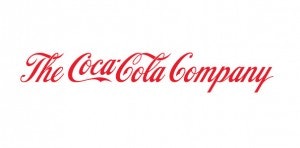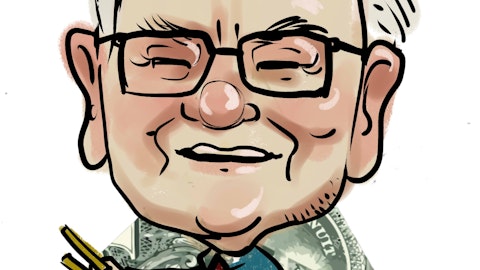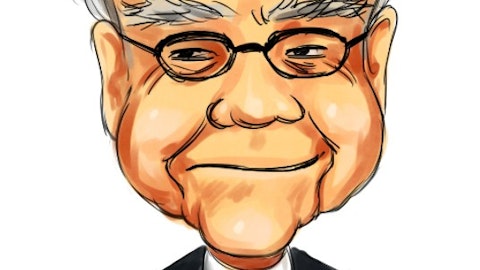Soda makers have become bad guys in the US, Europe, and other developed nations. They are often held responsible for the growing obesity epidemic, which brings with it hordes of diseases like diabetes, heart problems, hyper tension and the list can go on.
As awareness increases, it is no surprise that soda giants like The Coca-Cola Company (NYSE:KO) and PepsiCo, Inc. (NYSE:PEP) are seeing falling sales in the world’s largest soda market – the US. Thus, the beverage makers have turned their attention to emerging nations like China, India and Brazil to fuel growth.
Recently, Coca-Cola announced its strategy to tackle the anti-obesity campaigns while at the same time driving growth in countries like China and India. Let us take a closer look.
Fighting obesity

It has said it will not advertise its products to children below the age of 12, it will support more physical activity programs, and will offer more zero- or low-calorie products in all the 200-odd countries where it operates. The company will also print the calorie counts clearly on its packaging.
The Coca-Cola Company (NYSE:KO) has been making such pledges from around 2007. It started with the US, in the UK it stopped advertising to children since 2009, and now it is intending to carry these initiatives across the world.
Timely move
The new pledges are aimed to improve the image of the company for sure but they have a deeper significance.
In today’s world obesity is not confined to the US and first world countries alone. The menace is rising at an alarming rate in the developing nations like India and China. With the growing middle-class population, there is a rise in people’s disposable incomes and also their propensity to indulge in fast food and soda.
According to World Health Organization, by 2015 50%-57% of the Chinese population will become either overweight or obese while in India it would be around 31% for adult men and 29% for adult women.
So, it is not rocket science that the future of the soda industry lies more in diet drinks and low-calorie drinks than the traditional sugar syrups. Already in China, healthy beverages have increased their market share while there has been a fall in the share of carbonated beverages last year. The Coca-Cola Company (NYSE:KO) wants to be right there when the demand for low-calorie soda starts gaining momentum.
Untapped markets
The appeal of markets like China and India lies in their huge 1 billion-plus populations. And the per-capita soda consumption is very low there compared to matured markets like the US.
The Coca-Cola Company (NYSE:KO) estimates that in the US, the annual per-capita consumption of Coca-Cola products is about 403 servings while it is 39 in China and only 12 in India. This opens up huge opportunities for the company.
As Coca-Cola increases its penetration of these markets it will make sure that there is adequate supply of low-calorie drinks. Currently, compared to the US where 41% of the total Coke sales is made up of zero calorie drinks like Diet Coke and Coke Zero, in China zero-calorie options make up no more than 10% of total sales. In some Chinese coastal cities the percentage is still in the high single-digit range.
Investments will continue
The Coca-Cola Company (NYSE:KO) is investing heavily in China and India. Last week it announced that it will pour $4 billion in China through 2014. The company will build a new plant in the country while investing in transportation and retail outlets. Coca-Cola is planning to grow China into its largest beverage market.
Last year the company said that it will spend around $5 billion in India through 2020 on expanding manufacturing and distribution facilities and product promotions. This is a significant jump from the $1.4 billion that the company spent here in the previous decade.
Where PepsiCo stands
PepsiCo, Inc. (NYSE:PEP), too, is facing similar issues to The Coca-Cola Company (NYSE:KO) in terms of falling sales in the US and is looking for new markets like China and India to drive growth.
PepsiCo has a similar pledge of not advertising products “that meet specific nutrition criteria” to children below 12 years in the US and key markets like India, China, Mexico and the European Union. The company also sponsors physical activities like summer camps through its Gatorade brand. It remains to be seen whether like Coca-Cola it will make these initiatives more global.
PepsiCo, Inc. (NYSE:PEP) has scored a brownie point in China due to its strategic alliance with the beverage subsidiary of Tingyi, China’s major food and beverage company. This alliance gives PepsiCo access to Tingyi’s huge distribution network.
The results are already visible in the first-quarter numbers where the company has reported 17% growth in beverage volumes in Asia, Middle East & Africa driven by double-digit gains in China. In comparison The Coca-Cola Company (NYSE:KO) could only grow its sales by 1% in the first quarter in China.
In India both companies reported similar overall growth trends. While Coca-Cola’s volumes increased by 8% it was a similar high single-digit growth for PepsiCo.
Summing Up
Coca-Cola’s move is in the right direction. This will bolster its image and also give momentum to its plans for big new markets like China and India. Unless PepsiCo acts immediately, Coca-Cola may also have the first mover advantage when it comes to meeting the demand for diet drinks in these emerging markets.
The article Coca-Cola’s Game Plan originally appeared on Fool.com and is written by Eshna De.
Copyright © 1995 – 2013 The Motley Fool, LLC. All rights reserved. The Motley Fool has a disclosure policy.



